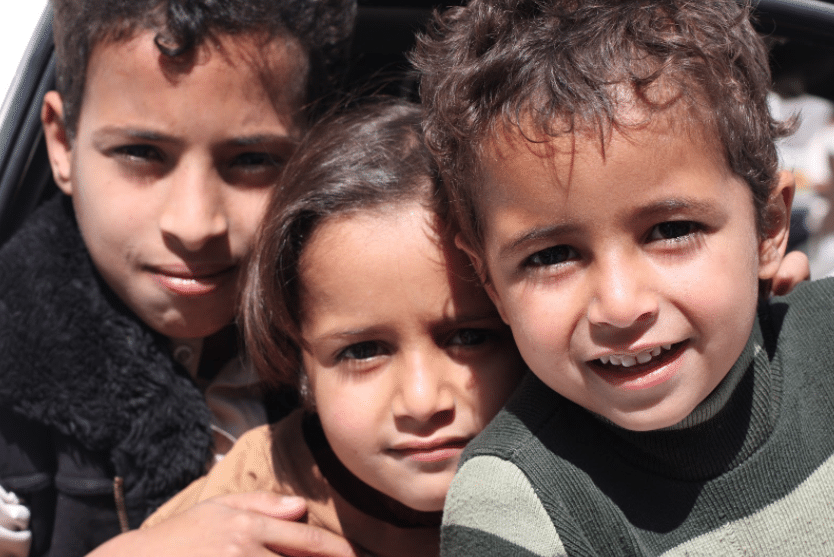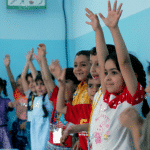PART 1: We Need Good Communication to #EndChildDetention
An advocate’s reflections on campaigning within a child-rights framework
Lilly Carson has been interning with the Global Campaign to End Child Detention since September 2017. She manages the Campaign’s social media accounts and assists with campaigning. Lilly is from Melbourne, Australia, and has a Masters of International Relations from the University of Melbourne. One day Lilly hopes to work in a role supporting the development and implementation of policies that uphold the human rights of all migrants and internally displaced people.
Over the last couple of weeks, the Global Campaign to End Child Detention has been working on an updated external communications strategy. We want to make sure that the way we speak to our audience is in line with our values and core objectives. This task got me thinking; what language should I use, and what language should I avoid, as an advocate for migrant and refugee children?
We want our campaigning to be as effective as possible, so the terms and concepts that we use must respect, protect and implement the rights of the child.
Words matter because they have real impact on public perception, which in turn impacts the policies that decision-makers propose to appeal to their constituents.
Many of us who don’t have personal experience of migration are prone to talk about it with deep-rooted prejudices that we often aren’t even aware we have.
It’s important to take a step back to make sure that we’re not using language that further stigmatises children, families and their experience of global mobility. Above all, the language that we use in our campaigning must reflect the sentiment that children are children, first and foremost.
Over the past six-months interning with the campaign, I have learnt that ending child detention starts with good communication. In this three-part blog series, I reflect upon my learning experience and unpack some of the terms and concepts that impede the message of the Global Campaign to End Child Detention.
The word ‘minor’ is frequently used in legislative and policy documents. The International Organisation for Migration defines ‘minor’ as ‘a person who, according to the law of the relevant country, is under the age of majority, i.e. is not yet entitled to exercise specific civil and political rights.’ As this definition shows, ‘minor’ has a different legal definition across national jurisdictions.
It’s important to understand legal terminology. It’s also important to understand how our use of excessive legalistic language can diminish someone’s lived experience of childhood migration.
For example, when used outside of a legal context, the term ‘minor’ can misguide us into thinking of children as being less than an adult, and therefore not entitled to make decisions for themselves.
‘Child’ is the Campaign’s preferred term because it respects the fact that children are an exclusive protection category, and that every person under the age of 18 is entitled to a specific set of rights. This precedent has been set by the most widely ratified human rights treaty; the Convention on the Rights of the Child.
In a previous blog post, our Campaign Coordinator Leeann argued that the label ‘minor’ dehumanises children. This has the detrimental effect of preventing migrant children, refugee children, unaccompanied children and children in detention from realising their rights as children.
-
We refer to children as children because we never want to portray people under the age of 18 as being less than an adult.
-
We refer to children as children because we see their humanity.
-
We refer to children as children because we can all relate to childhood.
Just think about it, have you ever referred to the children that you know or the child that you once were as a minor?
In part 2 of this blog series, I explain why the phrase ‘migrant crisis’ is harmful and why appealing to positive emotions is a more effective method of delivering our message.



